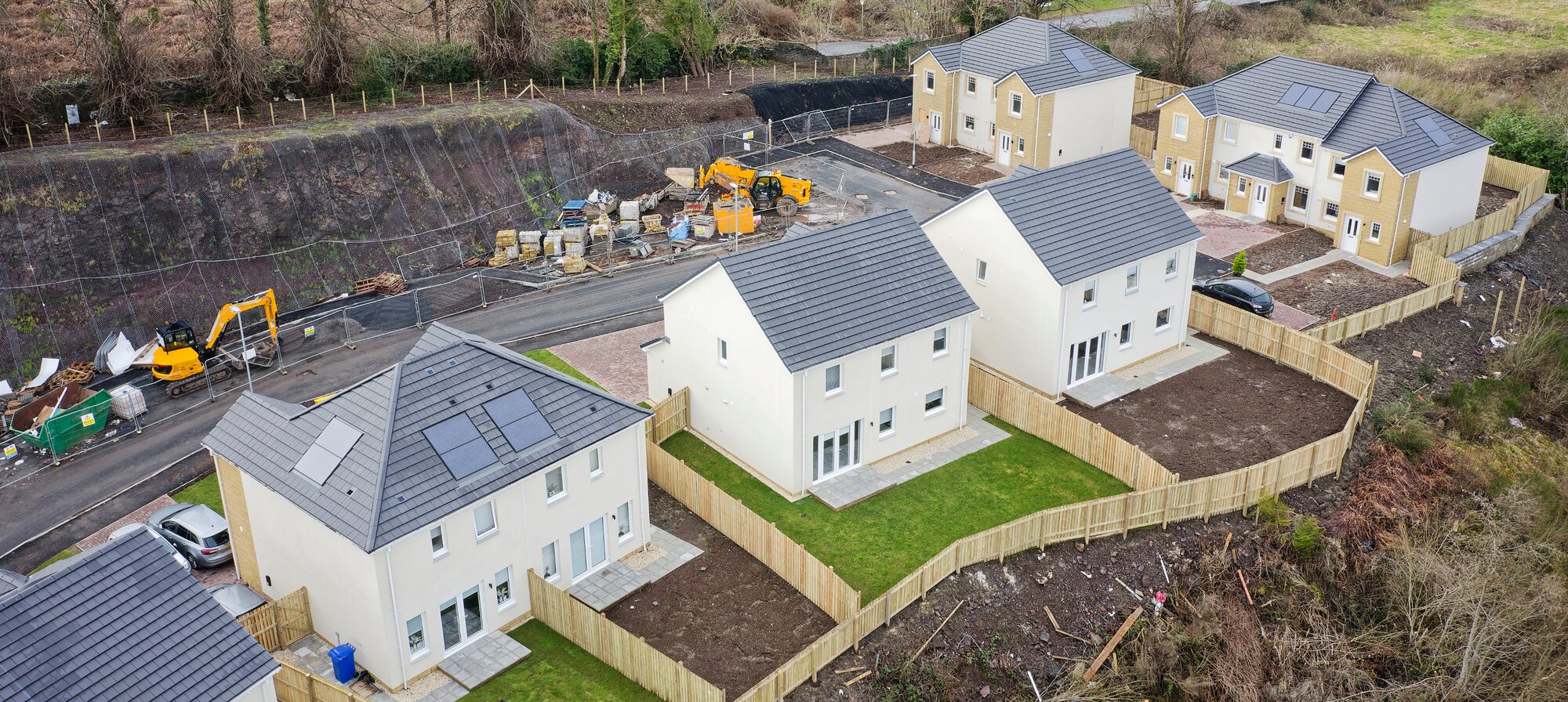Building for the Future: How Residential Construction is Adapting to Weather and Climate Change

In 2023, American homeowners suffered more than $50 billion in damage from extreme weather. However, the damage from two recent storms, Hurricane Helene and Hurricane Milton, is estimated to be more than $50 billion alone!
The increasing frequency and intensity of such events has caused developers and homebuilders to rethink how homes and communities are designed. Resilience and sustainability are now hot topics in new residential construction as the industry works to address both environmental challenges and customer demands.
According to the U.S. Department of Housing and Urban Development (HUD), their recently released Designing for Natural Hazards guide provides a framework for developers to incorporate resilience into their projects. The guidance emphasizes the need to design homes that can withstand extreme weather, protect homeowners, and reduce long-term repair costs. As builders and developers adopt more forward-thinking strategies, here are some key trends that are emerging.
Resilient Design for Extreme Weather
One of the most significant trends in modern homebuilding is the use of resilient materials and construction methods that can withstand severe weather. In response to the increasing frequency of natural disasters, developers are incorporating hurricane-resistant windows and roofs, elevated foundations, and flood-resistant basements into their designs. These measures not only protect the home itself but also reduce long-term repair costs for homeowners.
In addition to flood defenses, innovative landscaping techniques, such as permeable surfaces and rain gardens, are being used to manage stormwater more effectively. By allowing rainwater to absorb into the ground, these features reduce the risk of water damage while contributing to the overall aesthetic and environmental value of a property.
Energy-Efficient and Sustainable Building Practices
Beyond physical resilience, sustainability is becoming a core priority in new residential construction. Builders are integrating energy-efficient designs, solar panels, and battery storage systems that ensure homes remain functional during power outages. This emphasis on energy independence has become increasingly attractive as extreme weather events, such as hurricanes and wildfires, lead to widespread blackouts.
These environmentally conscious designs aren’t just about resilience—they also help homeowners reduce their carbon footprint while cutting energy costs. As a result, green roofs, rain gardens, and renewable energy systems are becoming standard features in many new developments.
Community-Based Resilience
While building more durable homes is essential, developers are also shifting focus towards community-wide resilience strategies. No single home can withstand the impacts of extreme weather without support from the surrounding infrastructure. Recognizing this, planners are designing neighborhoods with features like communal flood management systems, defensible space to prevent wildfires, and even community shelters for added protection.
These holistic approaches reflect the growing understanding that resilience is most effective when tackled at the community level. Coordinated efforts ensure that homeowners aren’t just relying on their property’s design but benefit from a system-wide approach to disaster prevention and recovery.
Embedded Insurance + Resilient Building
As homebuilders focus on resilient construction methods, embedded insurance offers a natural complement to these efforts. Embedded insurance allows coverage to be integrated directly into the home-buying process, simplifying the purchase for homeowners and often resulting in more affordable rates.
By underwriting based on the quality of construction and the safety features incorporated into the build—rather than just the buyer’s personal risk profile—carriers can offer more tailored and cost-effective policies. Homeowners, in turn, benefit from a seamless insurance experience that acknowledges the proactive steps to mitigate risks.
This approach fosters a proactive strategy that aligns with climate-conscious homebuilding, offering financial security to homeowners and reducing risk exposure for insurers.
Let’s work Together
Are you a developer using community-based resilience strategies or a homebuilder already incorporating resilient materials and looking to attract more buyers by simplifying the home-buying process?
Let’s work together to deliver embedded insurance solutions that benefit your buyers and your business. Reach out to us today to learn how we can help make your community even more successful.
Related Articles

Master-Planned Communities: The Perfect Fit for Embedded Insurance

Simplifying Loan Officer Workflows with Embedded Insurance

Streamlining New Home Closings with Embedded Insurance

Hippo Expands Home Builder Access to New Homes Program in California, Florida and Texas

Even with Lower Interest Rates, Homebuyers May Still Face Challenges

